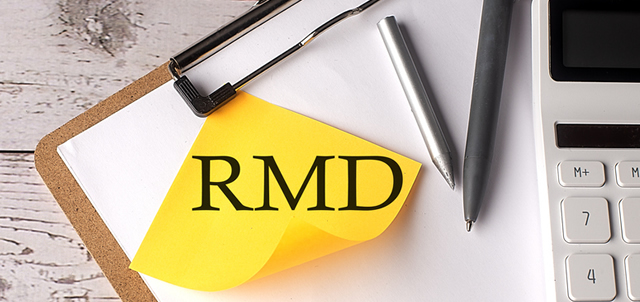Crypto Assets - Overview
ESSENTIALS
- A crypto asset is any asset that’s issued or transferred using distributed ledger technology (DLT) or blockchain technology.
- There are many terms for crypto assets, including “digital assets,” “virtual assets,” “virtual currencies,” “coins,” “tokens” and “cryptocurrencies.”
- There are many types of crypto assets, including native crypto assets (such as ether or bitcoin), non-native tokens (such as those that utilize the ERC-20 standard on the ethereum network), stablecoins and non-fungible tokens (NFTs), to name a few.
- Crypto assets may present the potential for price appreciation but can be exceptionally risky and are often volatile. They also often lack, or are offered or sold in a manner that isn’t consistent with, the robust regulatory protections and market oversight that investors have when they purchase securities such as stocks and bonds.
- Developers of crypto assets might offer investors the opportunity to participate in offerings of crypto assets. Crypto asset intermediaries and decentralized finance (DeFi) protocols offer trading of crypto assets.
- Investors can also get exposure to crypto assets through exchange-traded products (ETPs) and publicly traded companies that are involved in crypto asset-related activities.
- Unregistered offerings of crypto assets that are securities or sold as securities may not provide key information that investors need to make informed decisions, and information that is provided might not be accurate. In addition, fraud and scams involving crypto assets are common.
- Information about crypto assets can come from many sources, some more reliable than others. Avoid investing based on social media posts, messages or videos, especially when they tout new crypto assets.
- Avoid investing based on FOMO—the fear of missing out.
Crypto assets are assets issued or transferred using distributed ledger technology (DLT) or blockchain technology. DLT allows for simultaneous access, validation and record updating of crypto asset transactions on a decentralized ledger maintained by peers on a network, with each peer holding a complete copy of the ledger. Blockchain technology is a peer-to-peer DLT that’s secured through cryptography. It’s append-only and seeks to be immutable, meaning that the data and transactions can’t be deleted once added and can only be modified through agreement amongst peers (a function known as consensus).
Importantly, a particular crypto asset or crypto asset transaction may be a security, a commodity or another asset type (e.g., property) under applicable law. Many crypto assets lack, or are offered or sold in a manner that isn’t consistent with, the robust regulatory protections and market oversight that investors have under the federal securities laws. Whether a particular crypto asset or crypto asset transaction is a security depends upon whether it meets the definition of a security under federal securities laws. A number of tests and factors, such as the Howey Test and Reves Test, both based on court cases, may be used in evaluating what is and isn’t a security.
Crypto assets—as well as stocks, mutual funds and exchange-traded funds (ETFs) that derive value from crypto assets—may present the potential for price appreciation. However, while all investments have some risk, crypto assets and crypto asset service providers carry both traditional investing risks and additional unique risks. You should understand these risks as you consider what, if any, investments in crypto assets might be appropriate for your investment plans.





